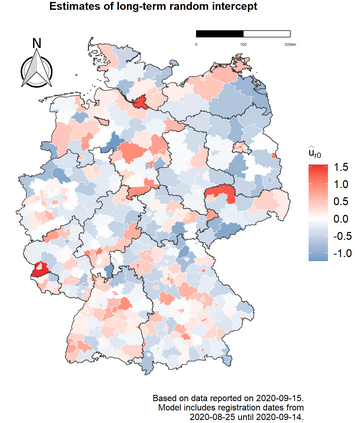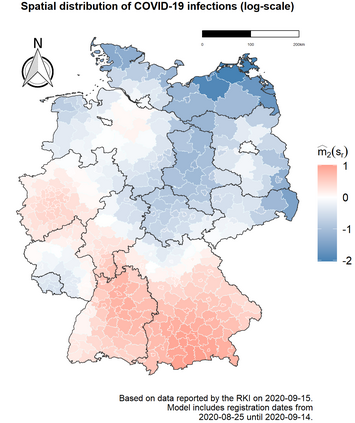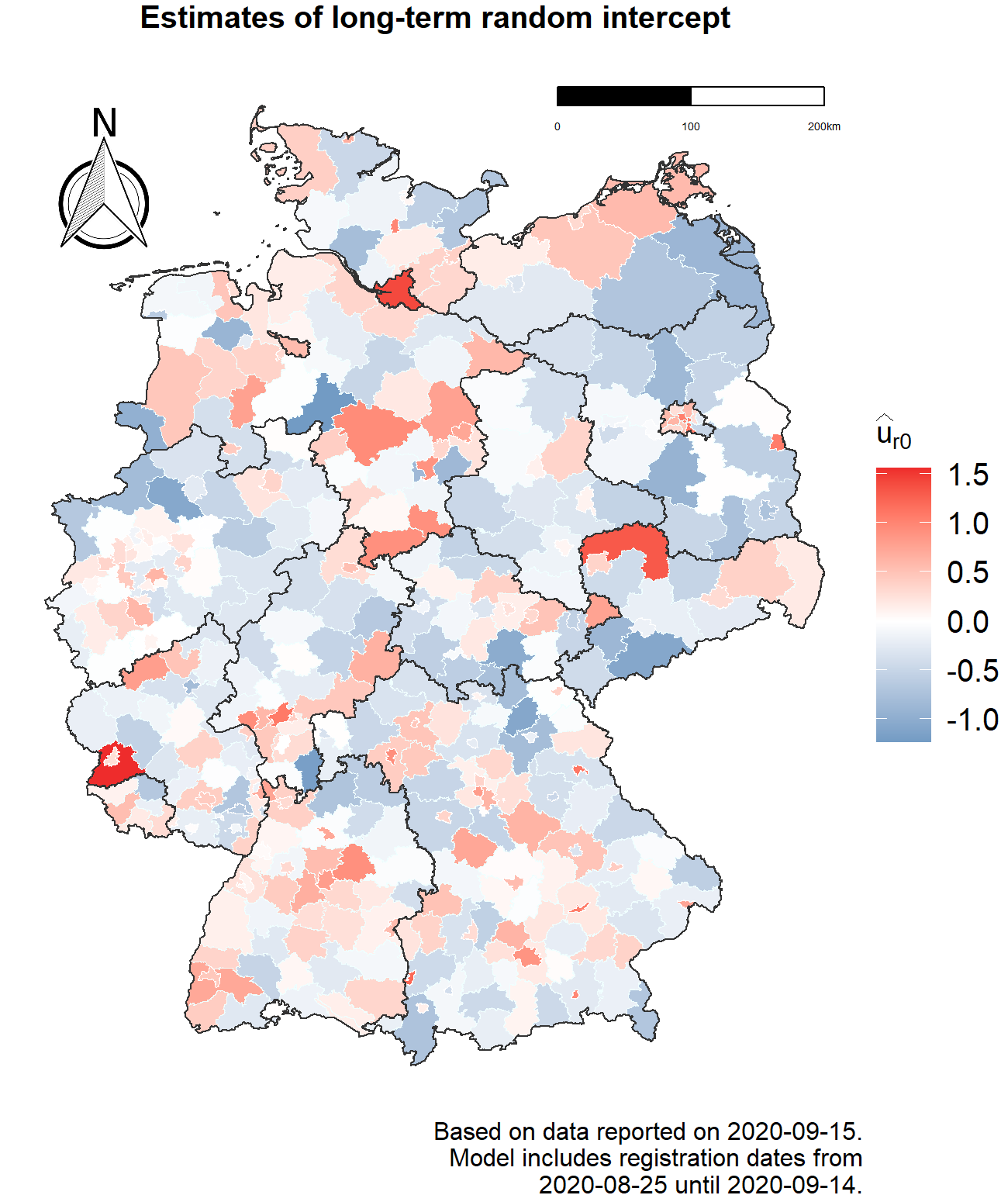Governments around the world continue to act to contain and mitigate the spread of COVID-19. The rapidly evolving situation compels officials and executives to continuously adapt policies and social distancing measures depending on the current state of the spread of the disease. In this context, it is crucial for policymakers to have a firm grasp on what the current state of the pandemic is as well as to have an idea of how the infective situation is going to unfold in the next days. However, as in many other situations of compulsorily-notifiable diseases and beyond, cases are reported with delay to a central register, with this delay deferring an up-to-date view of the state of things. We provide a stable tool for monitoring current infection levels as well as predicting infection numbers in the immediate future at the regional level. We accomplish this through nowcasting of cases that have not yet been reported as well as through predictions of future infections. We apply our model to German data, for which our focus lies in predicting and explain infectious behavior by district.
翻译:迅速变化的局势迫使官员和行政人员根据疾病蔓延的目前状况,不断调整政策和社会分流措施。在这方面,决策者必须坚定地掌握这一流行病的目前状况,并了解感染情况在今后几天内将如何发展。然而,正如在其他许多应强制通知的疾病和其他疾病的情况下一样,病例被及时报告到中央登记册,这种拖延推迟推迟了对事态的最新了解。我们提供了一个稳定的工具,用以监测目前的感染水平,并预测近期内区域一级的感染人数。我们通过现在对尚未报告病例的预测,以及通过预测未来感染情况,实现这一点。我们将我们的模型应用于德国数据,重点是按地区预测和解释传染行为。
相关内容
Source: Apple - iOS 8







